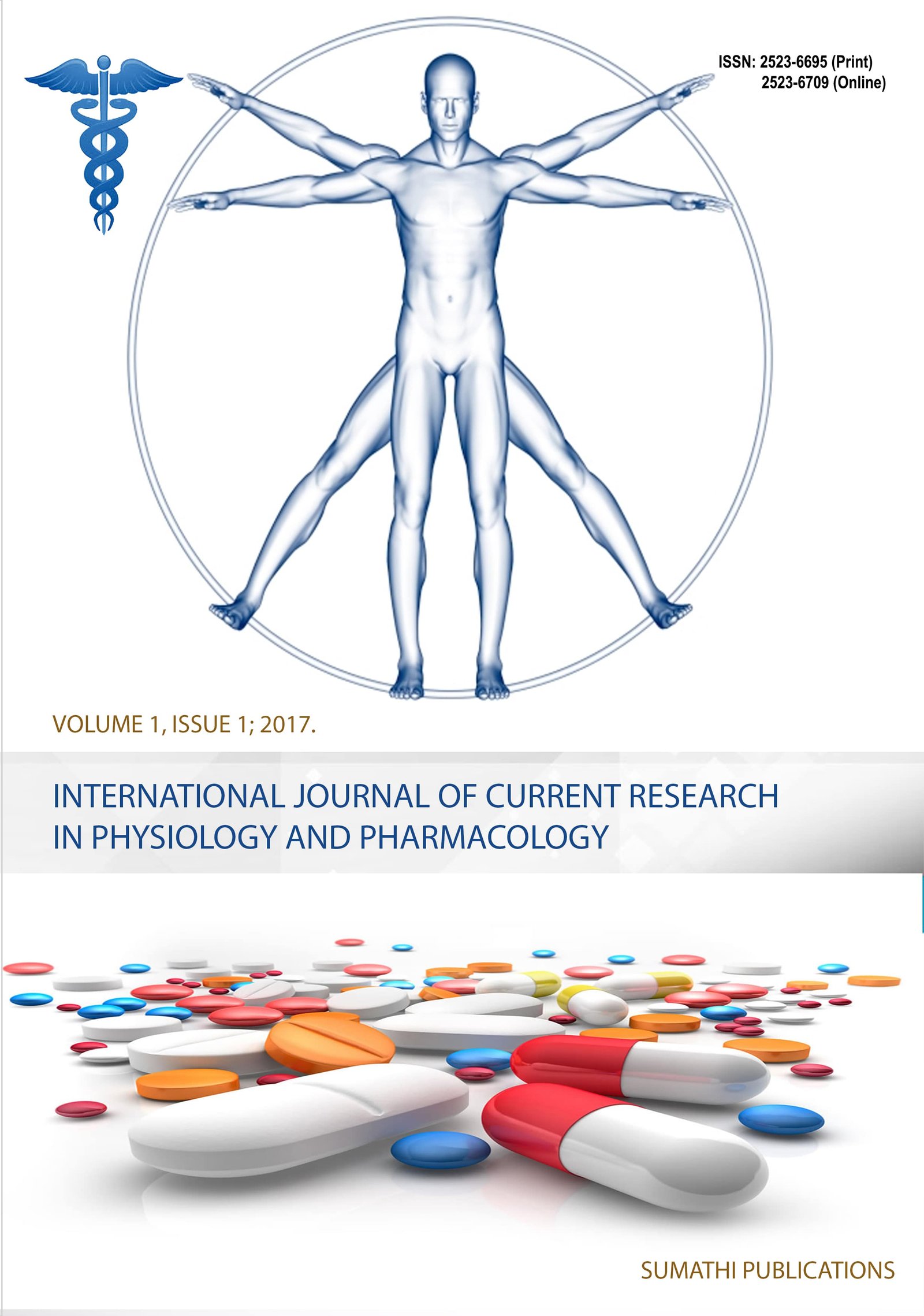Photoperiod regulates the daily profiles of Tryptophan Hydroxylase-2 gene expression the raphe nuclei of rats
DOI:
https://doi.org/10.31878/ijcrpp.2020.41.01Keywords:
tryptophan hydroxylase-2, suprachiasmatic nuclei, photoperiodic cue, mRNAAbstract
Tryptophan hydroxylase-2 mRNA (TPH, the rate limiting enzyme in 5-HT synthesis) expression levels display circadian variations in the median and dorsal raphe nuclei. This circadian pattern is under the control of the suprachiasmatic nuclei (SCN), the master clock. Photoperiodic cue is encoded by the SCN which convey the seasonal message to target sites. In the present study, we have investigated the effect of photoperiodic changes on the serotonergic neurones of the raphe nuclei. We have assessed the daily expression of TPH2 mRNA in both median and dorsal raphe nuclei of rats housed either under long photoperiod (18 h light/6 h dark cycle, LP18:6) or short photoperiod (SP6:18). Our results demonstrate that under LP18:6, TPH2 mRNA levels display a progressive decrease during the dark period and a maximal expression is reported at the beginning of the light period. The expression pattern of TPH2 mRNA under SP6:18 remains unchanged during the dark period and increases significantly before the day/night transition. This latter expression pattern is in line with the daily profiles of TPH2 mRNA reported previously under standard lighting regimen (12 h light/12 h dark cycle). The present results suggest that TPH2 mRNA expression pattern within DR and MR is affected by photoperiod which might in turn affect TPH content and 5HT release within the circadian structures, but also in all the serotonergic projection areas of the brain.
Downloads
References
Downloads
Published
Issue
Section
License
Copyright (c) 2020 Louay Labban, Zeina Malek

This work is licensed under a Creative Commons Attribution-NonCommercial-ShareAlike 4.0 International License.
The journal allows the author(s) to hold the copyright without restrictions and will retain publishing rights without restrictions.
The submitted papers are assumed to contain no proprietary material unprotected by patent or patent application; responsibility for technical content and for protection of proprietary material rests solely with the author(s) and their organizations and is not the responsibility of the journal. The main (first/corresponding) author is responsible for ensuring that the article has been seen and approved by all the other authors. It is the responsibility of the author to obtain all necessary copyright release permissions for the use of any copyrighted materials in the manuscript prior to the submission.
What are my rights as an author?
It is important to check the policy for the journal to which you are submitting or publishing to establish your rights as
Author. Journal's standard policies allow the following re-use rights:
- The journal allows the author(s) to hold the copyright without restrictions.
- The journal allows the author(s) to obtain publishing rights without restrictions.
- You may do whatever you wish with the version of the article you submitted to the journal.
- Once the article has been accepted for publication, you may post the accepted version of the article on your own personal website, your department's website or the repository of your institution without any restrictions.
- You may not post the accepted version of the article in any repository other than those listed above (i.e. you may not deposit in the repository of another institution or a subject-matter repository) until 12 months after publication of the article in the journal.
- You may use the published article for your own teaching needs or to supply on an individual basis to research colleagues, provided that such supply is not for commercial purposes.





